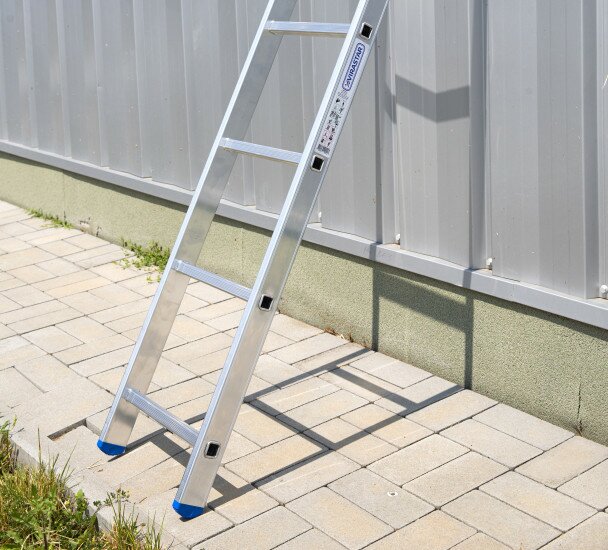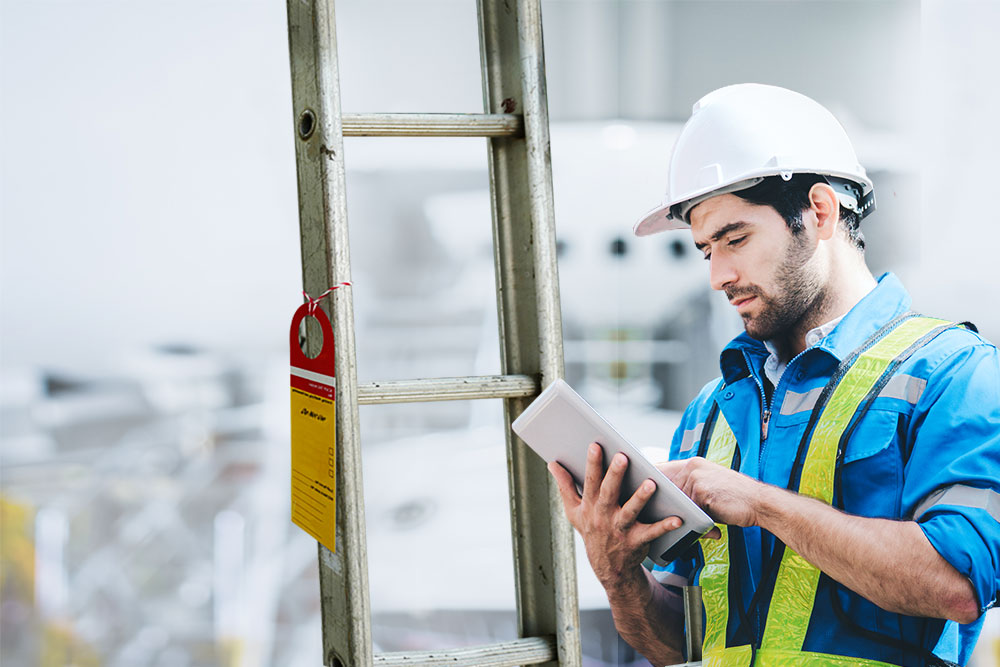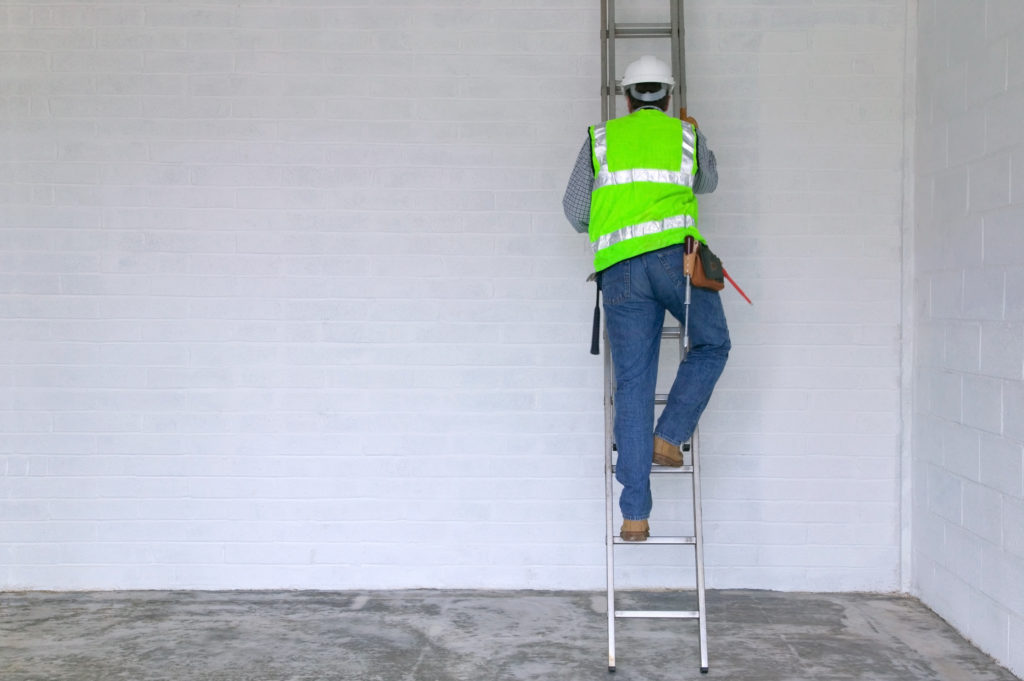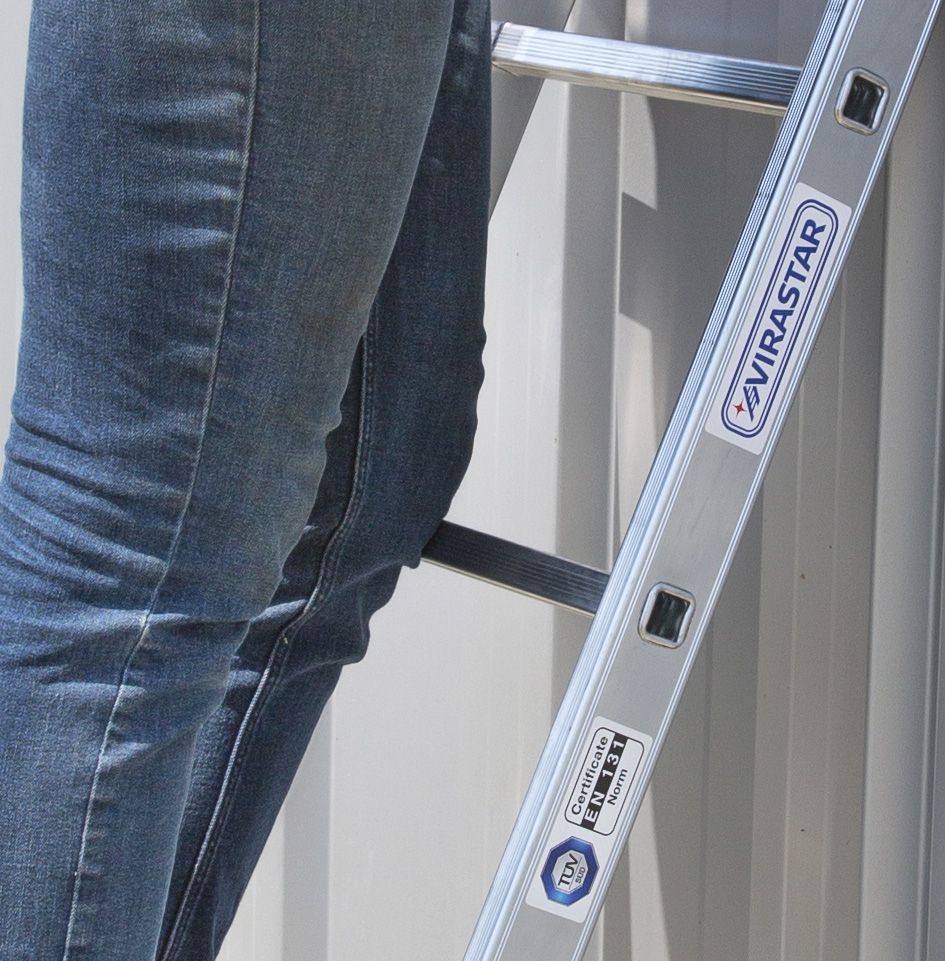What kind of ladder is needed to build a private house?
18 April 2025

Working at height carries the risk of falling. Therefore, to minimize the possibility of falling, you should make sure that the ladder is stable.
Every time before climbing, you should take a few minutes to check the ladder.
Visually inspect the ladder for:
If you have to use a ladder constantly at your workplace, checks should be scheduled.

At the beginning of the working day, the ladder should be checked by the person who will use it.
The ladder should be checked out of turn if the following unplanned events occur:
A dirty ladder should be cleaned, and if the structure falls, it is necessary to check:
If the ladder is missing one support tip, it will not stand firmly. If your VIRASTAR ladder has lost its tips, you can buy ladder tips from us, these are original spare parts that are ideal for VIRASTAR UNOMAX, DUOMAX, TRIOMAX ladders. Replacing them is not difficult, even a beginner can handle it.
If you need to move the ladder from one place on the construction site to another, be sure to check that there are no bricks, construction debris, boards, sticks, stones or other objects on the ground that will prevent you from placing the ladder level. Such obstacles will prevent the ladder from acquiring a stable position.

Several recommendations for the safe use of an extension ladder:

You can buy a ladder from us directly from the manufacturer's warehouse.

We provide a guarantee for our ladders and a technical passport. Virastar aluminum ladders are certified for compliance with EN 131.
Call us if you have any questions about aluminum ladders.
Also read our blog How is a three-section ladder used in each working position?